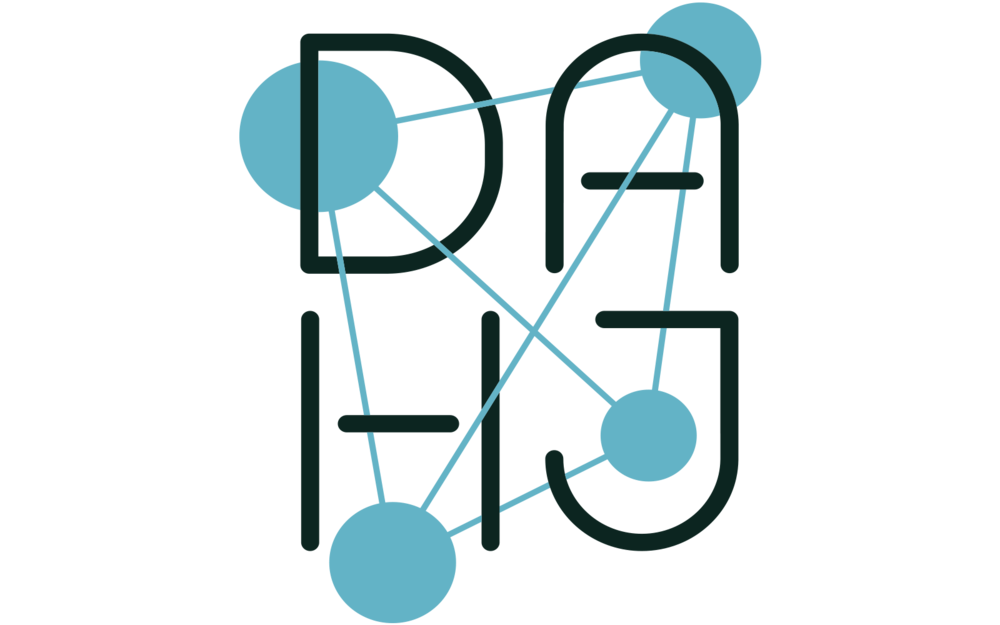Abstract
Sustained dialogue and collaborative work between art historians and technologists has a great deal to offer both fields of inquiry. In this paper, we propose that effective collaborations in Digital Art History, however, require more than just a humanist and a technologist to succeed. Indeed, we find that there are four different roles that need to be filled: Humanist, Technologist, Data Steward, and Catalyst. Our approach is predicated on a few foundational convictions. First, we believe that art historians and technologists occupy distinct problem spaces. As we will outline, although these realms are distinct they are not of necessity in opposition to one another. Second, we bring to the fore essential questions about the status and function of data that must be addressed by the collaborators: what sort of data are being used? What counts as effective and compelling analysis of this data? Third, we recognize that there are certain structural impediments to collaboration, such as different reward structures and motivations. Finally, we assert that each of the participants must have a deep commitment to their particular engagement with the project, which requires sustained effort and the maintenance of disciplinary respect. We firmly believe that the most effective of these projects will not be based on technological solutionism, but rather will be founded in the most humanistic of tools: empathy and respect.
DOI: https://doi.org/10.11588/dah.2018.3.34297
Authors
Tracey Berg-Fulton
is Web Developer at the National Kidney Foundation, and was formerly the Collections Database Associate for the Art Tracks project at the Carnegie Museum of Art. She is a graduate of Otterbein University and the
University of Glasgow.
Alison Langmead
is the Director of the Visual Media Workshop at the University of Pittsburgh. She focuses her research and teaching on the mindful practice of digital computing in the context of the humanities. She is the corresponding author for this piece.
Thomas Lombardi
is Assistant Professor of Computer Information Systems in the School of Business at University of the Virgin Islands. His research focuses on data science, network science and interdisciplinary computing.
David Newbury
is the Enterprise Software Architect at the J. Paul Getty Trust. Previously, he worked with the Carnegie Museum of Art, the American Art Collaborative, Carnegie Mellon University, the University of British Columbia, and PBS.
Christopher J. Nygren
is Assistant Professor of Renaissance & Baroque Art at the University of Pittsburgh. He was a Kress Pre-Doctoral Fellow at the Kunsthistorisches Institut in Florence, and held Mellon Post-Doctoral Fellowships
at the University of Pennsylvania and Emory University. He is completing a book manuscript on Titian’s Icons.

